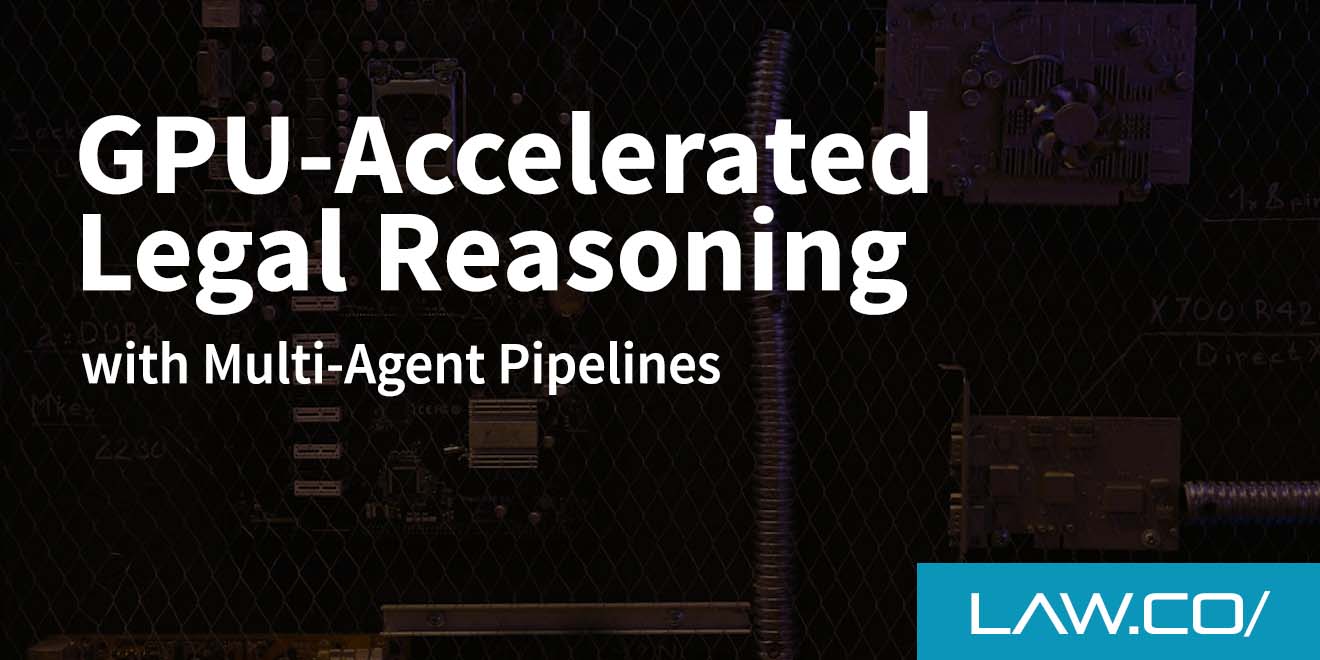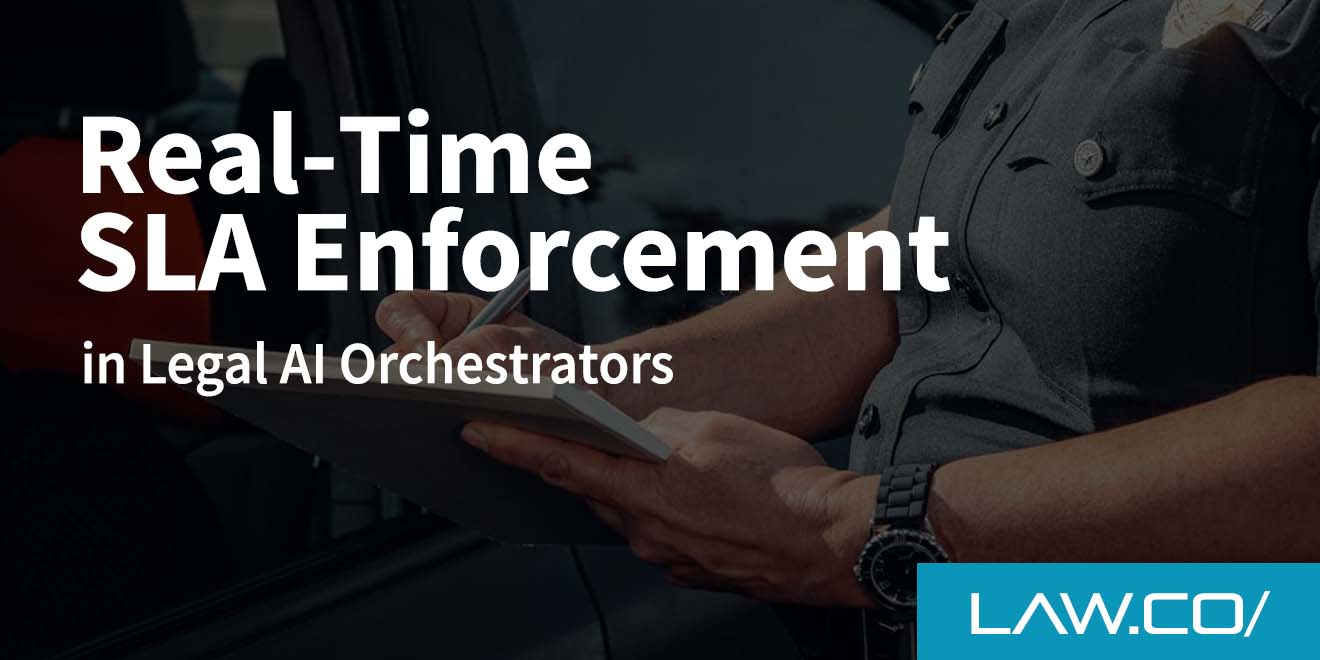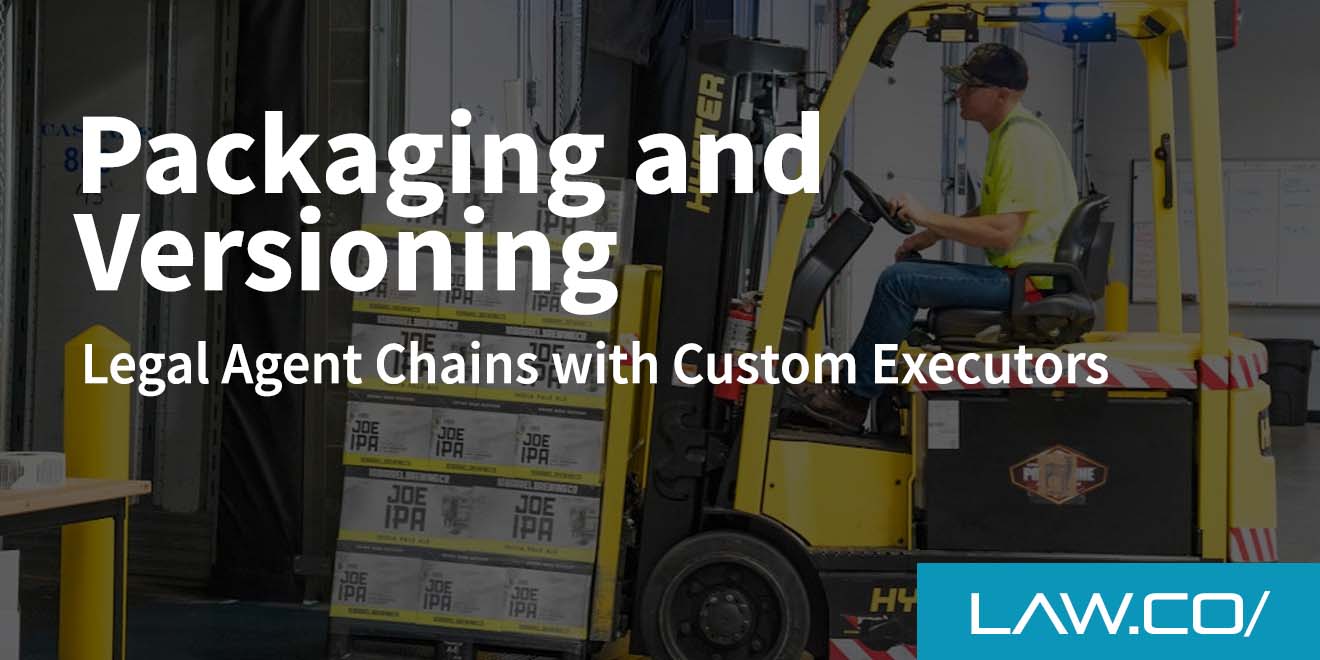
.jpg)
How Knowledge Graphs Supercharge AI-Powered Legal Workflows
Let’s face it: legal research can sometimes feel like navigating a maze blindfolded. You’ve got gigabytes of case files, law journal references, and internal memos—each one crucial in its own right. Wouldn’t it be great if you could automatically connect all those dots instead of manually piecing them together late into the night?
Enter knowledge graphs. When combined with AI, they can help you spot important relationships in your data, making routine (and not-so-routine) legal tasks a whole lot easier.
They Turn “Scattershot” Data into a Clear Map
Most law firms have an avalanche of information stored in various places. Maybe you’ve got an archive directory for case briefs, a database for client records, and separate services for state or federal statutes. Knowledge graphs essentially tie all these threads together so you can see the bigger picture at once.
For instance, if you’re analyzing a contract, you won’t have to jump around to identify how specific clauses relate to previous agreements or relevant case law. Instead, the graph points you directly to the connections—no more flipping through a dozen browser tabs.
They Take Some Pain out of Contract Review
We all know how easy it is to glaze over during marathon contract reviews. You might miss subtle wording or how Clause 6 ties back to Clause 28. With knowledge graphs, you can tag key phrases, link them to known references, and even highlight potential conflicts as soon as they pop up.
When AI joins the party, it can underline risk factors or even suggest alternate wording. That means you spend less time double- and triple-checking—and more time on strategy and client advocacy.
They Keep Track of Who Did What (and When)
Version control can be a headache in any legal setting. Maybe you’ve got multiple colleagues revising the same brief, or a client sends over an edited draft of an agreement mid-negotiation. Knowledge graphs can store a complete timeline of changes, so there’s little confusion about who made which edits or what was cited and from where. This built-in transparency can save you from painful last-minute scrambles when finalizing documents.
They Reveal Patterns You Might Otherwise Overlook
Sometimes legal success hinges on noticing subtle trends—like which judges tend to favor certain arguments or how a specific client’s litigation outcomes shift with different motions. By mapping relationships among these pieces of information, a knowledge graph can make these patterns jump off the page.
Add AI-powered analysis, and you could find crucial insights hidden in mountains of data. This can guide you to a sharper strategy, be it in settlement negotiations or courtroom arguments.
They Streamline Collaboration Across Your Firm

One of the toughest challenges in a busy law office is ensuring everyone is on the same page—literally. With a knowledge graph, any relevant case, document, or precedent is just two or three clicks away. Need to bring a new associate up to speed?
Point them to the graph. Want to show the client how you reached a particular conclusion? Pull up the connected sources and references. It’s a clean visual of how everything ties together, which can eliminate loads of back-and-forth emails.
Why It Matters
In an era where even courtroom proceedings are influenced by digital tools, knowledge graphs represent a way for lawyers and law firms to stay ahead of the curve. By weaving AI into these interconnected data structures, you can transform jumbled archives into a cohesive, easily navigable resource.
When reading stacks of case files, searching for obscure precedents, or building a winning argument, having a knowledge graph on your side can help you move faster and with more confidence.
Wrapping It Up
There’s no doubt that legal work will always hinge on professional judgment, nuanced interpretation of the law, and human insight. But in a field this competitive, the firms that harness the power of knowledge graphs and AI will be the ones carving out a real edge.
Whether you’re part of a bustling city practice or a smaller niche firm, it might be time to imagine how these tools could open the door to more efficient workflows—and, ultimately, better outcomes for your clients.

%201.svg)










